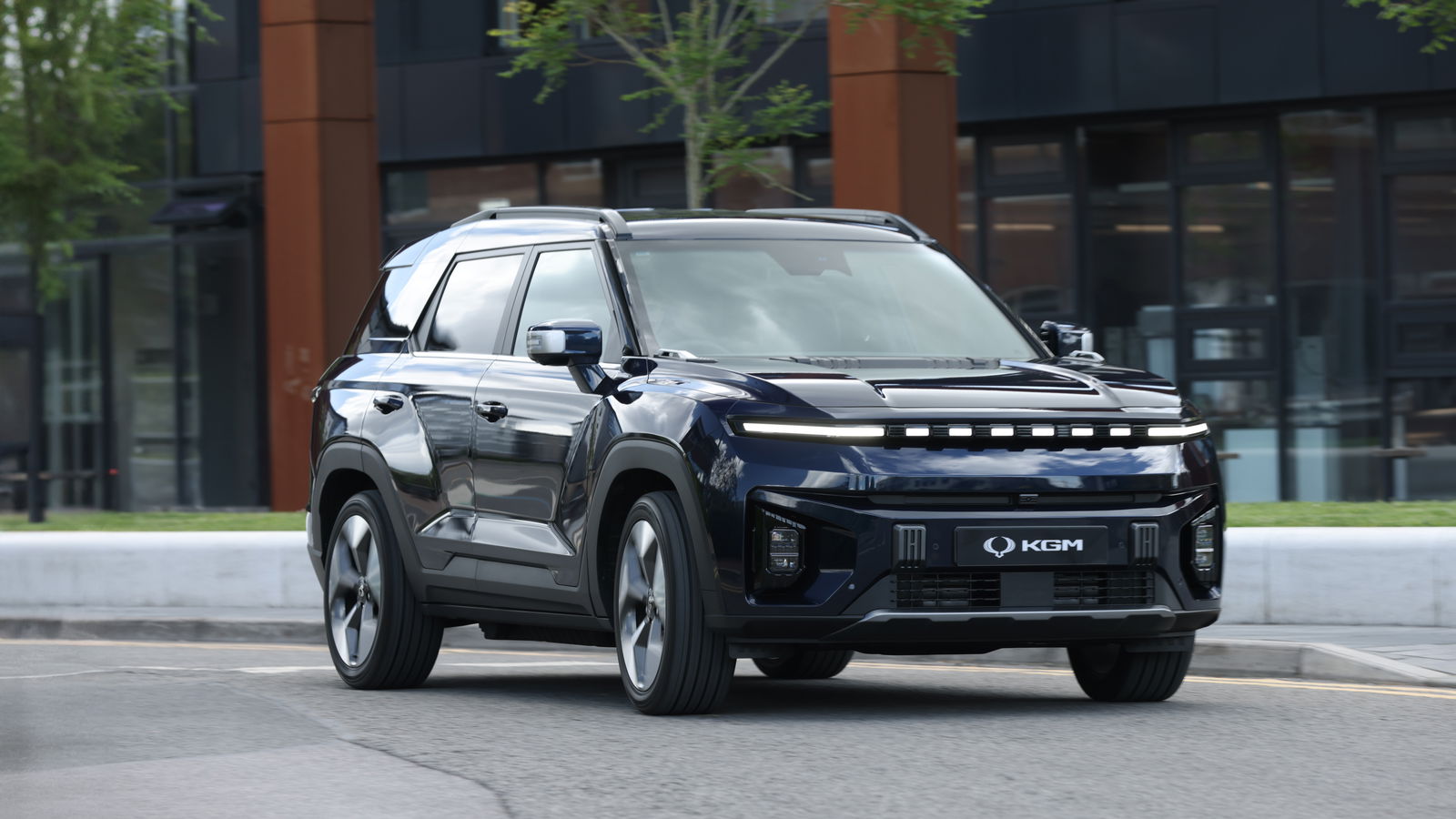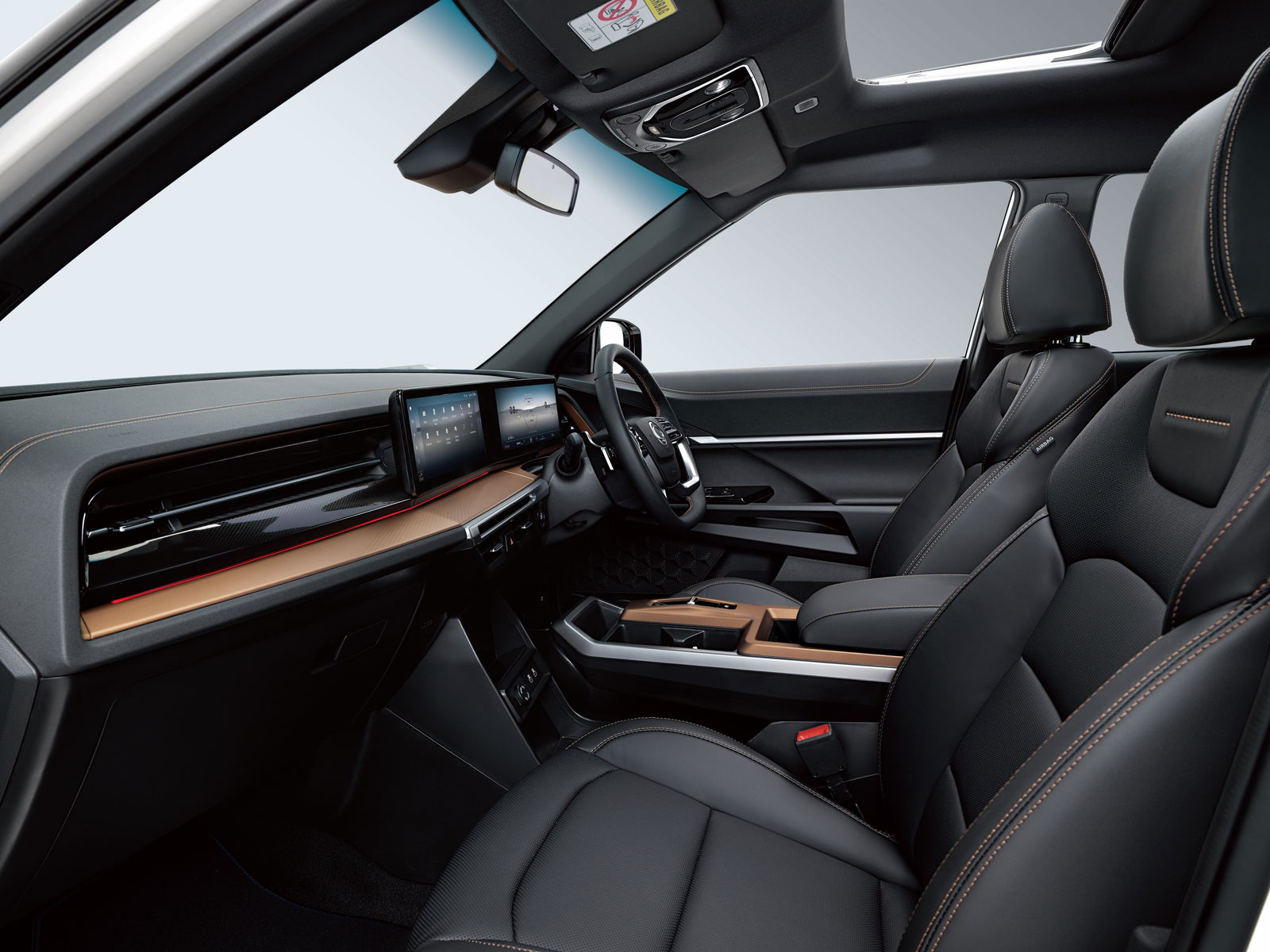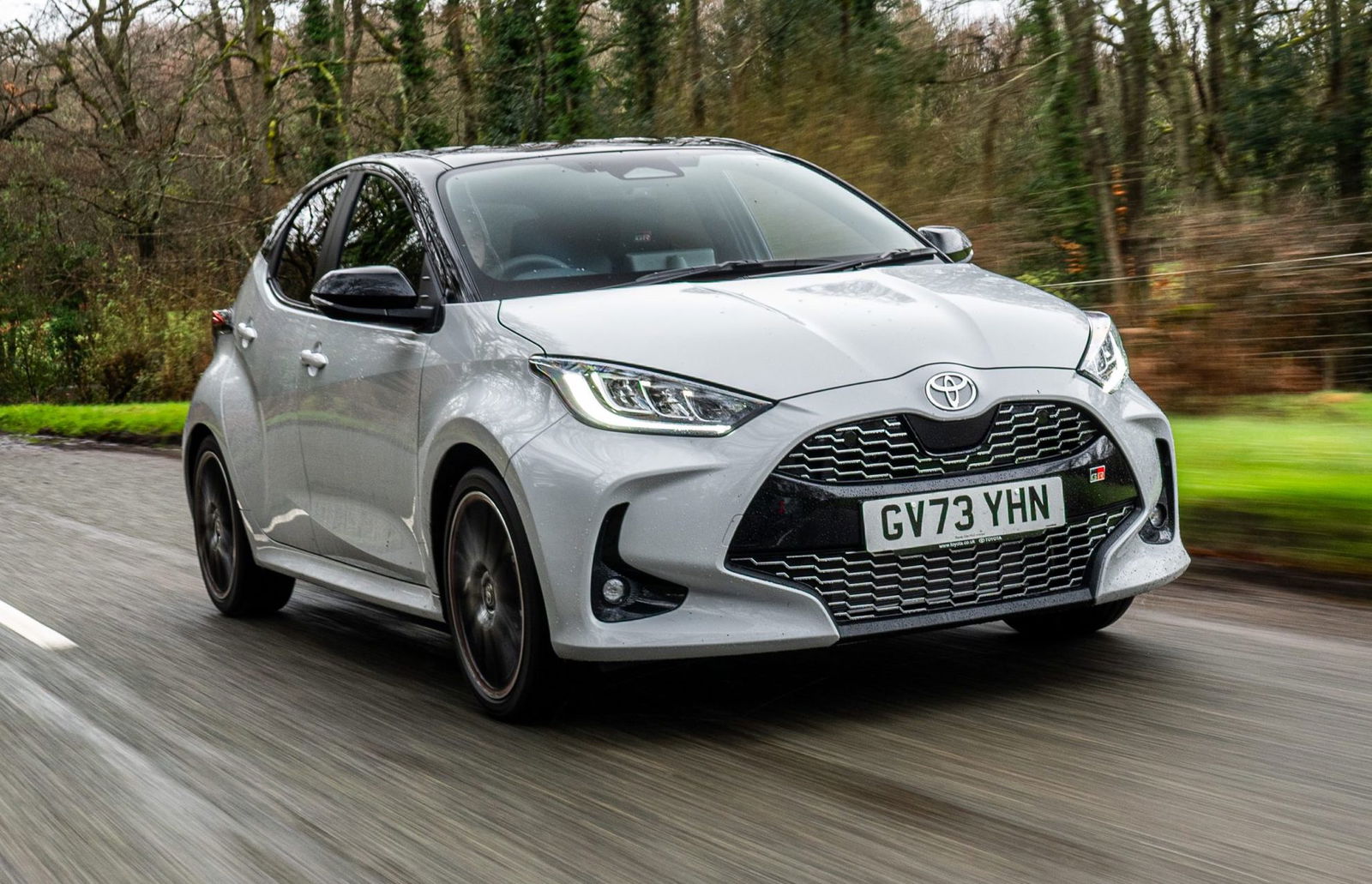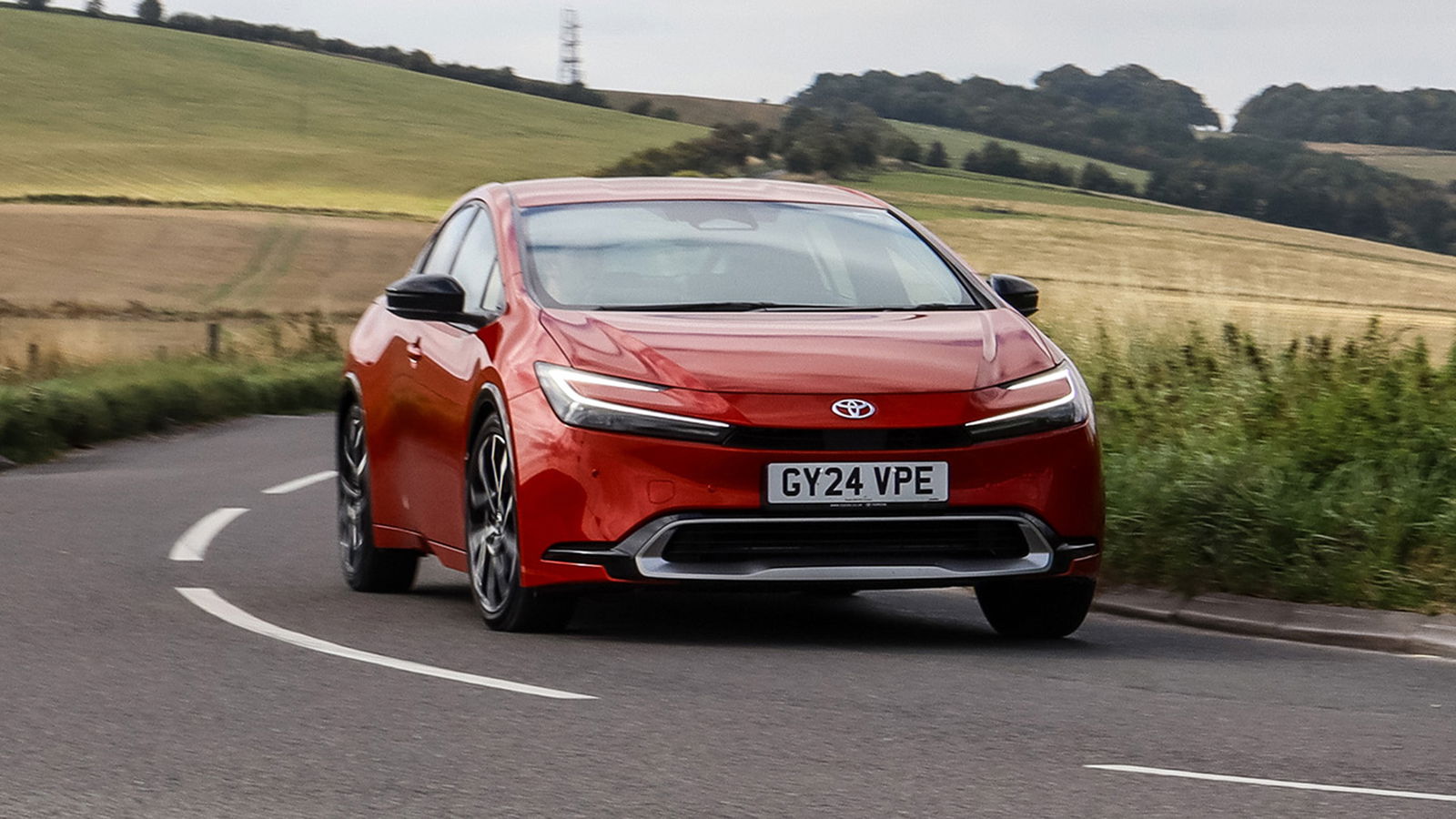KGM Torres Review: ‘Fine’ Doesn’t Cut It

Pros
- Distinctive looksGood cabin design
Cons
- Tech isn’t good enoughToo expensive to offset flaws
Ssangyong is dead. Sort of. The company formerly known as that is still around, but a dramatic rebrand to KG Mobility (yes, that word that manufacturers love so much these days) in 2023 consigned the old name – one that the firm said evoked a “painful image” – to the automotive history books.
The first all-new car to be born out of the new KGM era is the Torres, which on the face of it actually looks pretty interesting. It’s chunky, almost premium looking, if a little busy in the lines the designers have adorned it with. There are certain Suzuki Jimny vibes from the front, which is no bad thing.
Further, it feels distinctly not like a Ssangyong inside. The dash is nicely minimalistic, dominated by one flat panel containing the infotainment and digital instrument cluster, sitting atop a flat surface stretching across the dash and clad in a snazzy-looking textured material.

Build quality on the whole seems perfectly acceptable, and while there are some cheaper-feeling materials at play, the Torres feels reasonably premium.
Start to use the technology, and it feels a bit less so. The layout of the infotainment system isn’t the easiest to get your head around, and using it for climate control is a pain. In terms of responsiveness, the touchscreen is merely fine.
What’s particularly odd are some of the clunky lines of text that come up, like “acceleration by the driver” if you override the (slightly iffy) cruise control with throttle input. It’s as though something’s been lost in translation. Oh, and while we’re having a pop at the tech, it’s worth pointing out we had issues with stuttering playback over Bluetooth, and when wearing sunglasses, the driver-facing camera couldn’t track my eyes properly and kept moaning about me being ‘distracted’.
.jpg?width=1600)
We tried the Torres in two flavours – one with a 1.5-litre petrol engine, and the ‘EVX’ full EV. We’ll start with the petrol, which is…fine. The engine is smooth and refined enough, but progress feels laboured - the inline-four produces 161bhp, making for a leisurely 0-62mph time of 10.8 seconds.
Fuel economy isn’t great, with an official combined figure of 33.2mpg. At times, averaging over 30mpg was a bit of a struggle. Meanwhile, the automatic gearbox isn’t exactly what you’d call responsive.
The EVX meanwhile with its 204bhp, front-axle-mounted motor hits 62mph in a far more respectable 8.1 seconds. The only problem is, this seems too much for the car to handle - a full-throttle start will see the front tyres chirp, find some traction (possibly because the traction control is reigning things in a bit), and then slip once again. It’s a messy, unrefined power delivery, with a bit of torque steer thrown in the mix - a surprise given the kind of output we’re looking at here.
.jpg?width=1600)
Regardless, it’s still the better version of the Torres overall, avoiding the underpowered nature of the petrol engine and its less-than-slick automatic gearbox. It is the best part of 400kg heavier than the petrol, which you do notice when cornering quickly, but both the ICE and EV Torres models handle tidily enough.
Body roll is present but not excessive, and the steering has a nice amount of weight and speed to it. The suspension could do with further work - it’s surprisingly firm, and the car can jostle you about on dodgier road surfaces.
The EVX gets its battery from Chinese car giant BYD. It’s a 73.4kWh unit which provides a range of 287 miles, which is OK, but hardly spectacular. It is, as ever, a range figure you’re unlikely to hit IRL – judging by our test of the car, in optimal conditions you’d still struggle to get 250 miles.
.jpg?width=1600)
When it comes to topping it up, there’s a fast-charging capacity of 145kW to lean on - again, that’s fine (how many times are we going to use that word here?), but nothing mind-blowing compared to some rivals. Taking the battery from 10 to 80 per cent will take about half an hour if you manage to get the full beans from the charger, something which you can do more often without worrying, with KGM claiming the battery chemistry used here is more resistant to degradation caused by frequent fast-charger use.
So far, so middle-of-the-road. You might, then, be expecting the Torres to claw things back when it comes to price, but with the less budget-focused approach that we’ve come to know from the brand formerly known as Ssangyong, comes with a less budget-focused price. In the K40 trim we sampled, the Torres costs £36,995.
.jpg?width=1600)
Yes, it’s well-equipped, but at that price, you’ll have plenty of options including the likes of the Kia Sportage and Nissan Qashqai. The EVX, meanwhile, is £39,995, and that’s with a whopping £4,500 knocked off the price – it seems KGM has realised the car was a bit spendy as it was.
Even with the discount, the EVX is in the firing line of the Skoda Enyaq. Although you’d spend more for one with a comparable battery and spec, it’d be worth doing so.
The Torres is definitely a step in the right direction for this reborn brand, but the car doesn’t undercut its rivals enough to overcome its shortcomings.



Comments